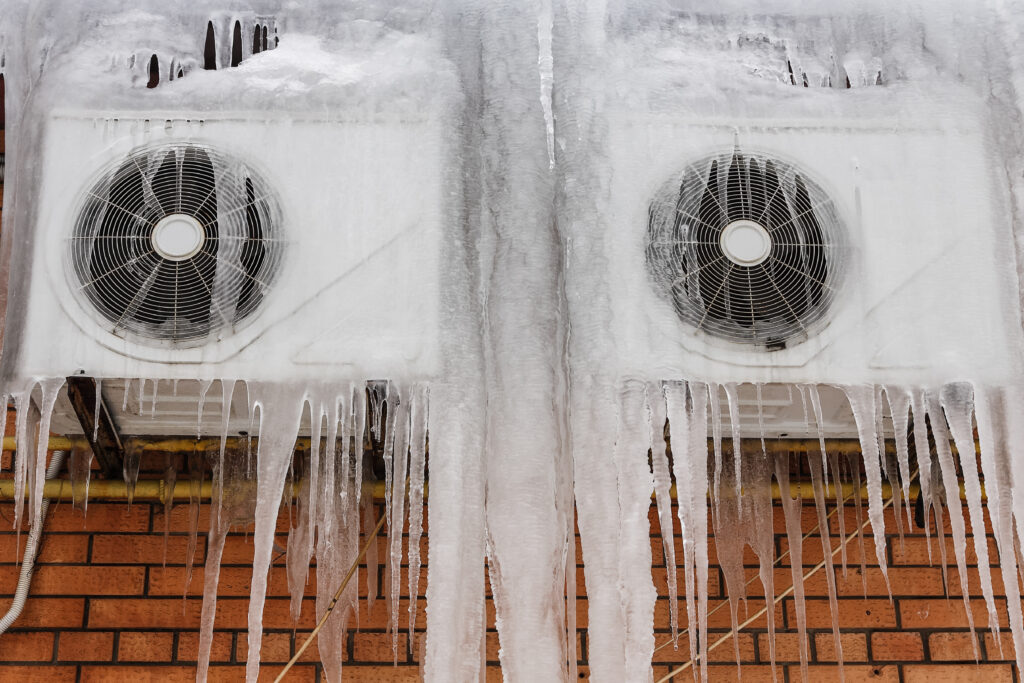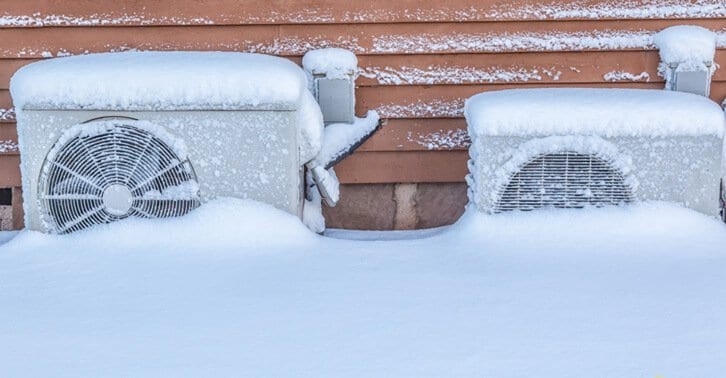Ways to Defrost Your Frozen AC Pipe: Professional Tips
Ways to Defrost Your Frozen AC Pipe: Professional Tips
Blog Article
This article which follows about What Do I Do If My AC Pipe Is Frozen is really intriguing. You should check it out.

Intro
Discovering that your a/c pipeline is iced up can be concerning, particularly during hot summertime when you rely on your air conditioning system the most. Recognizing what to do in such a scenario is important to avoid further damage to your air conditioning system and guarantee your convenience indoors.
Comprehending the Causes
Several variables can add to the freezing of an air conditioner pipeline. Recognizing these causes can help you attend to the concern effectively.
Lack of Airflow
One common root cause of an icy air conditioning pipe is inadequate air flow. When the air movement over the evaporator coil is limited, it can trigger the coil to drop below freezing temperature level, leading to ice formation on the pipeline.
Reduced Refrigerant Levels
Not enough cooling agent degrees in your a/c system can likewise cause an icy pipe. Reduced cooling agent levels can trigger the stress in the system to drop, leading to the freezing of wetness on the evaporator coil.
Cold Weather Conditions
In cooler environments, freezing temperature levels outside can contribute to the freezing of air conditioner pipelines. If your a/c device is not appropriately shielded or if there are leakages in the ductwork, cold air can infiltrate the system, causing the pipe to freeze.
Dirty Air Filters
Unclean or stopped up air filters can limit airflow in your AC system, causing different concerns, including a frozen pipe. It's important to change or cleanse your air filters frequently to guarantee correct air movement and stop ice accumulation.
Indicators of a Frozen A/c Pipe
Acknowledging the indicators of an icy AC pipeline is important for punctual action.
Decreased Airflow
If you observe a significant decrease in airflow from your vents, it could indicate an icy pipeline.
Ice Buildup on the Pipe
Noticeable ice buildup on the refrigerant line or the evaporator coil is a clear sign of an icy air conditioning pipeline.
Strange Sounds from the Unit
Unusual noises, such as hissing or bubbling, originating from your AC unit can signify that there's ice present on the pipeline.
Immediate Actions to Take
When faced with a frozen air conditioning pipeline, it's necessary to act promptly to prevent further damage to your cooling system.
Turning off the air conditioning
The very first step is to turn off your ac unit to stop the system from running and exacerbating the concern.
Checking for Blockages
Examine the location around the indoor system for any type of obstructions that may be obstructing air flow, such as furnishings or curtains.
Defrosting the Pipe
You can use gentle methods like putting towels taken in cozy water around the icy pipe to help thaw it slowly.
Safety nets
Taking safety nets can aid prevent future occurrences of an icy a/c pipe.
Routine Maintenance Checks
Set up regular maintenance get in touch with a specialist HVAC specialist to guarantee that your a/c system is running effectively.
Transforming Air Filters
Routinely replace or cleanse your air filters to avoid air flow limitations and preserve ideal performance.
Insulating Exposed Pipes
If your a/c pipes are exposed to cold temperature levels, consider shielding them to stop freezing during winter months.
Seeking Professional Help
If DIY methods fall short to settle the concern or if you're not sure about just how to proceed, it's ideal to look for support from a certified HVAC technician.
When DIY Methods Fail
If your attempts to thaw the pipeline or address various other issues are unsuccessful, it's time to call in an expert.
Significance of Hiring a Professional HVAC Technician
A qualified HVAC service technician has the experience and devices required to detect and fix problems with your air conditioning system safely and efficiently.
Conclusion
Managing an icy AC pipe can be an aggravating experience, yet knowing how to react can help reduce damages and bring back comfort to your home. By recognizing the reasons, recognizing the signs, and taking prompt action, you can properly address the concern and protect against future incidents.
What to Do If Your AC Line Is Frozen
Make Sure All Supply and Return Air Vents Are Open
If you notice problems with airflow, the first thing you should do is check your supply and return vents. Supply vents distribute clean, conditioned air throughout your home. As this air becomes stale, it’s pulled into the return vent, where it’s reconditioned before being sent back out through the supply vent.
When these vents are closed, air won’t flow in the home. Before examining your AC, check the vents in every room and ensure they’re all open.
Check for a Dirty Air Filter
Another possible cause of limited airflow is a dirty air filter. Your air conditioner’s filters catch elements you don’t want to breathe in, such as dirt and dust. Over time, filters can become clogged, ultimately blocking air from flowing in and out. The lack of airflow can then cause the entire coil to freeze and will completely restrict any air from moving through it. The AC may need to be powered off for one to two days to allow the coil to thaw after replacing the filter to allow proper functioning of the unit. This debris can also accumulate on your AC’s evaporator coil, requiring a more serious repair. In general, air filters should be cleaned regularly (about every two weeks).
Assess Your Outdoor Unit
In addition to checking your AC, assessing the outdoor unit is a good idea. Also known as the condensing unit, it works with your interior unit to release heat outside. An issue with the outdoor unit can result in rising internal temperatures.
Overgrown Shrubs or Clogged Leaves
From leaves and twigs to shrubs and debris, there’s no shortage of outdoor elements that can accumulate around your condensing unit. When these elements get lodged inside the unit, they can block airflow. Fortunately, removing the blockage can solve the problem.
Sounds of a Broken Fan
Shrubs and leaves aren’t the only things that can impede your outdoor unit’s airflow. If the fan is broken, the unit won’t be able to properly get rid of heat — which means the internal temperature won’t go down. First, make sure the fan is spinning. If it is, check for the following sounds of a broken fan:
Buzzing Rattling Screeching Hissing Clicking Preventative Measures
Nobody wants to deal with a frozen AC line. In addition to causing problems with your air conditioner, they require professional repairs. On the bright side, there are preventative measures you can take to help ensure this issue doesn’t arise in the first place.
https://www.coopergreenteam.com/blog/what-to-do-if-ac-line-frozen

I have been very interested in What Do I Do If My AC Pipe Is Frozen and I'm hoping you liked our piece. You should take the opportunity to promote this article if you enjoyed it. Thank you so much for going through it.
This Website Report this page